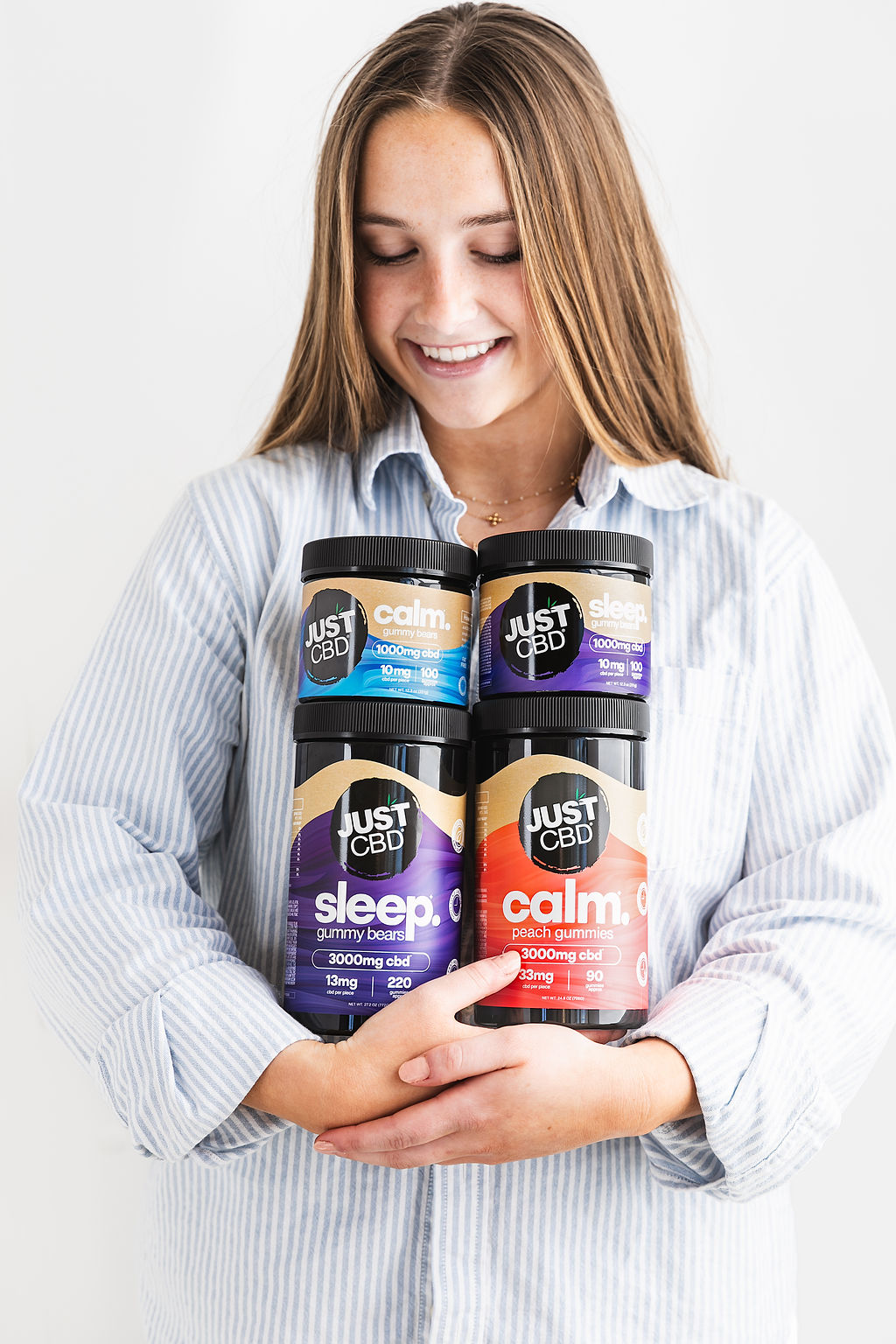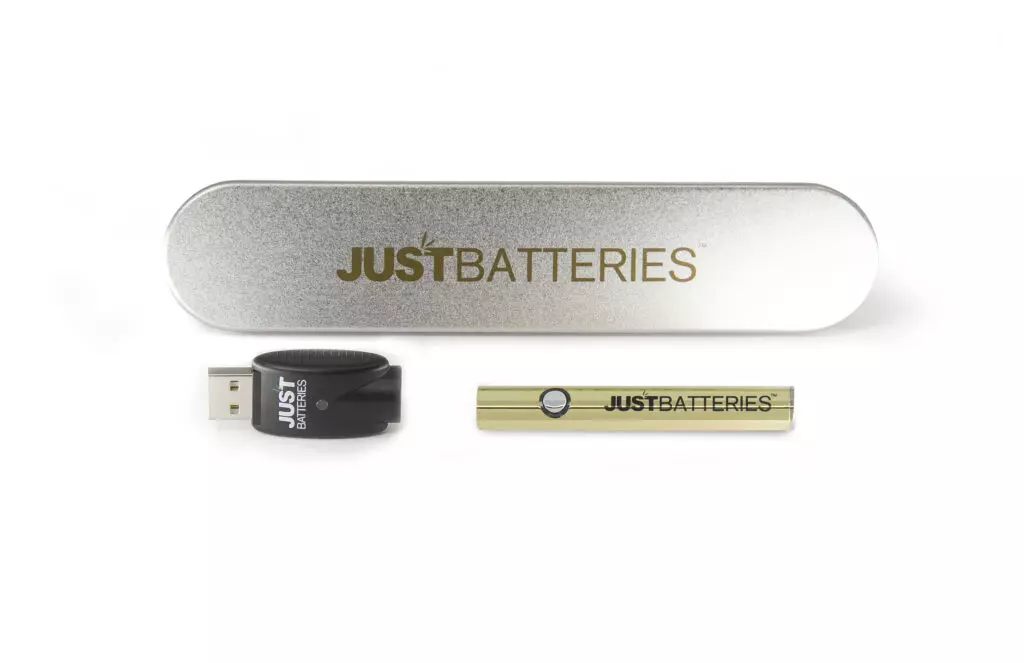CBD Absorption and Metabolism
Understanding how CBD is absorbed and metabolized is crucial for comprehending its effects. When consumed, CBD enters the bloodstream and travels throughout the body, where it interacts with various receptors. This process differs depending on the consumption method, leading to variations in bioavailability and ultimately influencing the perceived effects.
Inhalation vs. Oral Ingestion

Inhalation through vape pens offers a rapid route of absorption. The cannabinoids in the vapor are quickly absorbed into the lungs and enter the bloodstream directly. This results in faster onset of effects, often within minutes. Conversely, oral ingestion, whether through edibles or capsules, involves a slower absorption process. CBD must first pass through the digestive system and liver before entering the bloodstream, which can take 30 minutes to several hours.
During metabolism, CBD is broken down by enzymes in the liver into metabolites. These metabolites may have different effects compared to the original CBD molecule. First-pass metabolism, where the liver breaks down a significant portion of CBD before it reaches systemic circulation, can significantly reduce the bioavailability of orally ingested CBD.
The efficiency of absorption and metabolism also influences the duration of CBD’s effects. Inhalation tends to produce shorter-lasting effects as the cannabinoids are cleared from the system more quickly. Oral ingestion generally leads to longer-lasting effects due to slower absorption and a prolonged release of metabolites into the bloodstream.
First-Pass Metabolism
First-pass metabolism plays a crucial role in determining how much CBD reaches the bloodstream when ingested orally. As CBD passes through the liver, enzymes break down a significant portion of it before it can be absorbed into general circulation. This process significantly reduces the bioavailability of orally consumed CBD, meaning less of the substance reaches its intended target sites.
In contrast, inhalation via vape pens bypasses first-pass metabolism. The cannabinoids are directly absorbed into the lungs and enter the bloodstream rapidly, resulting in higher bioavailability and potentially faster onset of effects.
Understanding these differences in absorption and metabolism is essential for choosing the most suitable CBD consumption method based on individual needs and desired outcomes.
Bloodstream Delivery
CBD is absorbed into the bloodstream and distributed throughout the body, where it interacts with receptors. The speed and efficiency of this process vary depending on how CBD is consumed.
Inhalation through vape pens offers rapid absorption as cannabinoids are directly taken up by the lungs and enter the bloodstream quickly. This leads to faster-acting effects compared to oral ingestion methods like edibles or capsules. Oral consumption requires CBD to pass through the digestive system and liver, resulting in a slower absorption process that can take 30 minutes to several hours.

During metabolism, enzymes in the liver break down CBD into metabolites, which may have different effects than the original molecule. A significant portion of orally ingested CBD is metabolized by the liver before reaching systemic circulation, known as first-pass metabolism. This process can significantly reduce the bioavailability of orally consumed CBD.
Inhalation bypasses first-pass metabolism, allowing for higher bioavailability and potentially faster onset of effects compared to oral ingestion.
Factors Affecting CBD Efficacy in Vaping
The effectiveness of CBD when vaping depends on several factors, including the concentration of CBD in the e-liquid, the vaping device used, and individual metabolism.
Vaporizer Temperature
Vaporizer temperature plays a crucial role in determining the efficacy of CBD vaping.
Different cannabinoids have different optimal temperatures for vaporization. Lower temperatures (around 160-200°C) may extract certain beneficial compounds like terpenes, contributing to the entourage effect.
However, higher temperatures (200-220°C) are generally more effective at releasing CBD itself into the vapor.
It’s important to find the right balance between extracting desired compounds and avoiding combustion, which can produce harmful byproducts.
CBD Concentration in E-Liquid
The concentration of CBD in the e-liquid directly impacts its efficacy when vaping. Higher concentrations mean more CBD is delivered with each inhalation, potentially leading to stronger effects.
It’s essential to choose an e-liquid with a concentration suitable for individual needs and tolerance levels.

Inhale Depth and Duration
The depth and duration of inhalation during vaping can influence the amount of CBD absorbed into the bloodstream. Deeper inhalations allow more vapor to reach the lungs, increasing absorption potential. Longer inhalation times also contribute to greater CBD uptake.
Finding a comfortable balance between breath depth and duration is key to optimizing CBD absorption through vaping. Experimenting with different techniques can help individuals determine what works best for them.
Potential Benefits of Vaping CBD
Vaping CBD offers a potentially faster and more efficient way to experience its benefits compared to other consumption methods. When inhaled, CBD bypasses the digestive system and liver, leading to quicker absorption into the bloodstream and higher bioavailability.
Rapid Onset of Effects
Inhaling CBD through vape pens allows for rapid onset of effects due to direct absorption into the lungs and quick entry into the bloodstream. This contrasts with oral ingestion, which involves a slower process of digestion and metabolism.
Vaping also bypasses first-pass metabolism, where a significant portion of orally ingested CBD is broken down by the liver before reaching systemic circulation. This results in higher bioavailability of CBD when inhaled.
Precise Dosage Control
Vaping CBD offers precise dosage control, which can be beneficial for individuals seeking to fine-tune their experience and manage desired effects.
- Vaporizer devices often feature adjustable settings that allow users to control the amount of e-liquid delivered per puff.
- Users can also adjust the wattage or voltage output, influencing vapor production and CBD delivery.
- This level of control empowers individuals to personalize their dosage based on individual needs and sensitivities.
Localized Relief for Certain Conditions
Vaping CBD offers localized relief for certain conditions due to its rapid absorption into the bloodstream. When inhaled, CBD bypasses the digestive system and liver, allowing it to reach the target tissues quickly.
This direct delivery can be particularly beneficial for managing pain in specific areas of the body, such as joints or muscles.
For instance, vaping CBD may provide faster relief from localized inflammation associated with conditions like arthritis.
Furthermore, the localized nature of inhaled CBD allows for targeted treatment, minimizing systemic effects and reducing potential side effects.
Comparison with Other Consumption Methods
Understanding how CBD is absorbed and metabolized is crucial when considering different consumption methods. Each method presents unique advantages and disadvantages in terms of onset of effects, duration, and bioavailability.
Tinctures and Oils
Tinctures and oils are typically consumed sublingually, meaning they are placed under the tongue and allowed to be absorbed into the bloodstream through the thin lining of the mucous membrane. This method bypasses first-pass metabolism to some extent, leading to potentially higher bioavailability compared to oral ingestion.
However, absorption through this route is still slower than inhalation, resulting in a later onset of effects. Tinctures and oils offer longer-lasting effects due to the gradual release of CBD into the bloodstream.
Capsules and edibles involve ingestion, leading to significant first-pass metabolism and potentially lower bioavailability. The digestive process slows down absorption, causing delayed onset but longer-lasting effects compared to vaping or tinctures.
Edibles
Edibles offer a unique way to consume CBD, providing a discreet and palatable option. However, the digestive process involved in consuming edibles leads to slower absorption and potentially lower bioavailability compared to methods like vaping or sublingual administration.
First-pass metabolism plays a significant role in reducing the amount of CBD that reaches the bloodstream when consumed orally, as enzymes in the liver break down a portion of it before it can be absorbed.
While edibles may offer longer-lasting effects due to sustained release of CBD into the bloodstream, individuals seeking faster onset of effects might find vaping or sublingual tinctures more suitable.
Topicals
Vaping CBD offers several advantages over other consumption methods. Firstly, it provides a rapid route of absorption, allowing for quicker onset of effects compared to oral ingestion. The cannabinoids in the vapor are directly absorbed into the lungs and quickly enter the bloodstream.
Secondly, vaping bypasses first-pass metabolism, the process where a significant portion of orally ingested CBD is broken down by the liver before reaching systemic circulation. This results in higher bioavailability of CBD when inhaled, meaning more of the substance reaches its intended target sites.
In contrast to edibles or capsules, which take time to digest and are subject to first-pass metabolism, vaping delivers CBD directly into the bloodstream, leading to a faster and more efficient experience.
Relax with top-rated CBD vape pens